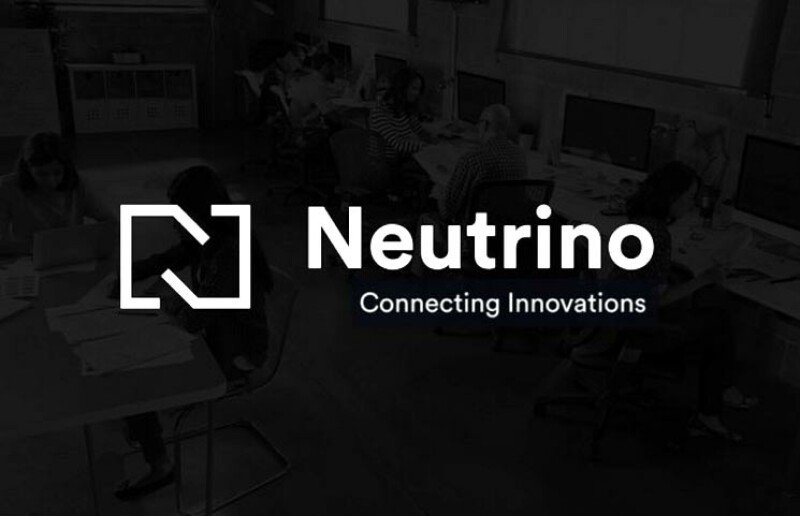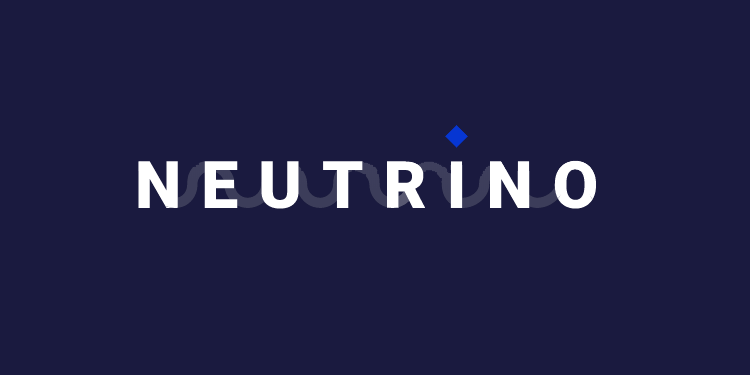Neutrino USD (USDN): How to Earn Up to 15% per Annum on Staking?


The volatility has long been the main drawback of staking coins - until the first staking stablecoin Neutrino USD (USDN) appeared. This asset with a yield of up to 15% can be easily purchased with a credit card without commission. In this article, we will take a closer look at this protocol.
What is Neutrino?
Neutrino USD (USDN) is a protocol for creating stablecoins. It describes the rules that the issued asset must obey. The same task is performed by the ERC20 and ERC721 standards in the Ethereum blockchain.

The price of a Neutrino coin can be pegged to the price of an asset like the US dollar, bitcoin, or the S&P 500 Index. The algorithm in the Neutrino smart contract makes sure that the price of the stablecoin is equal to the price of the asset to which it pegs. One of the sections of the review is devoted to the price stabilization mechanism in Neutrino.
One of the features of Neutrino is the ability to freeze a stablecoin in order to receive a mining reward.
PoS Staking: Pros and Cons
Staking has long overtaken IEO and many other types of crypto investment in popularity. It has a number of great advantages:
- You are investing in an already functioning coin, and not in a new project that may not start at all;
- Remuneration is paid regularly, like interest on a deposit;
- Nominal rates are significantly higher than in the bank (5-7% for most coins).
However, staking coins like Tezos (XTZ), Algorand (ALGO) and others carry two major risks:
- Volatility. Real example: at the end of February 2020, the price of XTZ reached $ 3.7. By August 1, the rate dropped by 15% to $ 3.16. Taking into account the nominal rate of 5.48%, you would formally earn about 2.4% over these 5-plus months, but the market value of your investment would fall during this time, that is, the real profitability would be negative.
- Custodial risks (risks of centralization). Most investors use centralized platforms for staking, that is, they transfer funds under the control of the exchange. Staking itself is decentralized and managed by a smart contract, but if you place coins in staking through a centralized platform, then you lose these benefits. In the event of a hacker attack on the exchange, you can lose your stake.
Features
The optimal solution to the volatility problem is to create a staking coin that is not subject to volatility, that is, a stablecoin. However, an opaque centralized stablecoin like USDT will not be suitable for this role, since stakers will not have the opportunity to check how the reward is generated, what is the amount of collateral, etc. In order for staking to remain decentralized, stablecoin must be backed by a crypto asset other than fiat currency.

Neutrino USD (USDN) is the first asset to meet all of these conditions. Its price is pegged to the US dollar, it is completely decentralized and supports algorithm-level staking. Staking profitability is 8-15% per year (15.5% as of August 2020). In addition, on the Waves.Exchange, you can buy USDN from a bank card without any commission.
USDN is issued on the Waves blockchain and is fully backed by the WAVES cryptocurrency, which by itself brings a staking reward of 6.5% per annum. This is the source of income from USDN staking: all collateral in WAVES is staked and generates a reward, but it is shared only among those USDN holders who have invested their coins in staking. Since only about 40% of all USDN are staked, the real return on Neutrino USD is much higher than the nominal return on WAVES staking.
Volatility Hedging
The Neutrino USD rate of return fluctuates depending on the market price of WAVES and how much of the USDN is invested in staking. In July 2020, the WAVES rate increased by more than 50%, so the profitability of USDN staking increased from 10% to 20%.
At the same time, the asset USDN itself is reliably protected from volatility WAVES will fall, 1 USDN will still be equal to $ 1. This is a key advantage of Neutrino USD over traditional PoS coins like XTZ. Staking income cannot be depreciated even if the market is in a bearish trend. In other words, earning 15% in stablecoins is practically the same as earning 15% in dollars.
This makes USDN an effective hedging asset. For example, you can sell Bitcoin for USDN at a profit when the BTC price rises, invest the received USDN in staking and receive daily income while waiting for a new successful entry point to BTC.
Stablecoin was introduced by the team at Waves.Exchange, the most convenient USDN staking platform. On Waves.Exchange, you can easily buy USDN using Visa or MasterCard with 0% commission. Other platforms supporting Neutrino USD include Pool-X (KuCoin), MSX, and Biki.cc. New sites will be added to the list soon.
Crucially, Neutrino USD holders retain full control of the staked assets. The smart contract is publicly available so that any user can check how much WAVES is deposited on the contract as collateral, how the market value of the collateral relates to USDN capitalization, and so on.
According to forecasts of analysts at Waves.Exchange, the real return on USDN staking in 2020 will remain at an average level of 15%. So now is the best time to buy and stake Neutrino USD.

Top Tutorials
-
Что такое хард-форк? Подробный гайд для новичковJul 27, 2020
-
Стейкинг на Ethereum 2.0 и его основные особенностиAug 01, 2020
-
Инновации на основе блокчейна в сфере энергетикиAug 03, 2020






Hier sind noch keine Kommentare. Sei der Erste!